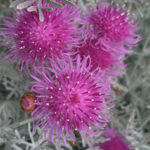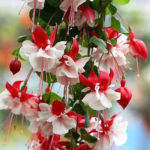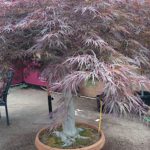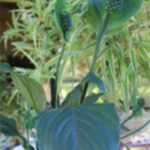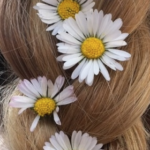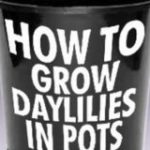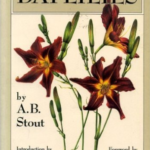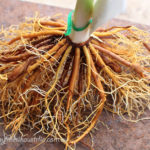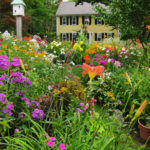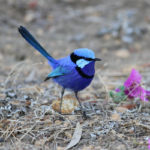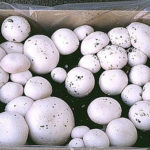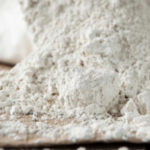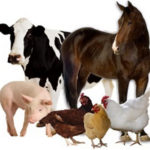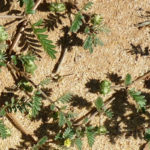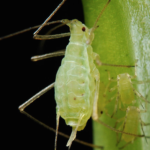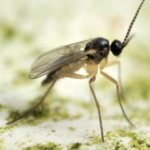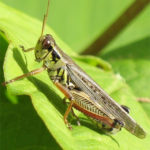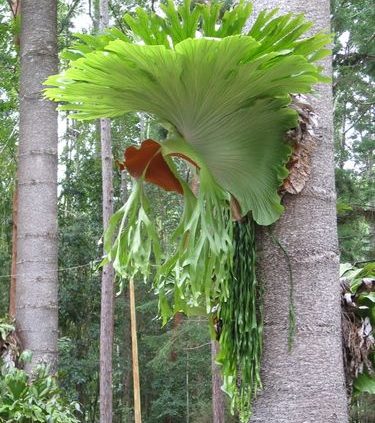
Staghorns And Elkhorns Ferns Care
Staghorns And Elkhorns – How to Grow
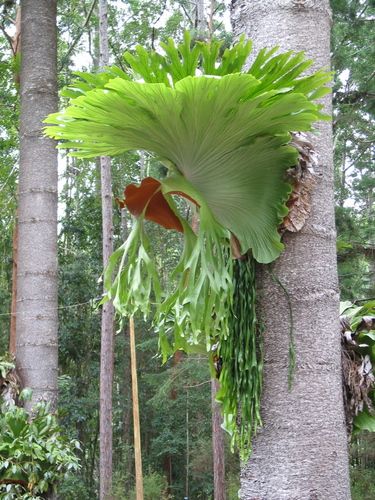 Staghorn or Platycerium grande and the Elkhorn or Platycerium bifurcatum are ferns belonging to moist forests in Eastern Australia. They are classified as epiphytic ferns which grow on fallen logs or on branches of trees. These plants have minimal roots but are well adapted to capture debris, leaves and rainwater falling from the canopy. Staghorns and Elkhorns grow well in lightly shaded areas with occasional sunlight. Staghorns and Elkhorns grow well in outdoor conditions in Australia but need to keep them dry during the cold winter season. Staghorns and Elkhorns ferns produce sterile and fertile fronds. These are plants with minimal fertiliser requirements.
Staghorn or Platycerium grande and the Elkhorn or Platycerium bifurcatum are ferns belonging to moist forests in Eastern Australia. They are classified as epiphytic ferns which grow on fallen logs or on branches of trees. These plants have minimal roots but are well adapted to capture debris, leaves and rainwater falling from the canopy. Staghorns and Elkhorns grow well in lightly shaded areas with occasional sunlight. Staghorns and Elkhorns grow well in outdoor conditions in Australia but need to keep them dry during the cold winter season. Staghorns and Elkhorns ferns produce sterile and fertile fronds. These are plants with minimal fertiliser requirements.
Difference between a Staghorn and an Elkhorn
Staghorns grow as large individual plants with large and broad fronds. The fronts curve outward at the front to collect organic matter and water falling from above. Elkhorns have a group of plants or rosettes growing as a cluster and have slender and smaller fronds. These rosettes can be easily separated to grow new plants. Elkhorn has better surviving qualities and is grown from Northern Queensland to Southern part of New South Wales.
How to mount Staghorn and Elkhorn on tree or board material?
Take healthy plants and mark the area on board material or tree where you are planning to plant the fern using 6-8 nails to form a circle. Make sure that you leave at least ¼ inch of space between the nail head and board or tree.
If you are using the board place some potting soil inside the nail circle. Remove the fern from the nursery pot and loosen the roots slightly and place the plant in the potting soil. Use sheet moss to cover the base of the plant. Use mono-filament fishing line to secure the moss in place by tying it around one of the nails and stretching it to the nail placed in the opposite position. Repeat with other nails until the moss and fern is secured. If you are mounting on a tree just attach the fern to the moss and then secure it onto the bark of the tree. You can add bone meal to the moss to provide the nutrients for growth.
Staghorn and Elkhorn Diseases
Both the ferns are relatively pest and disease free. However, they may be attacked by sap-sucking scale insects. You can use a low toxic systemic insecticide. The brown coloured spots that are seen on the underside of leaves are spores which help in reproduction. The ferns need very little water and excessive watering can lead to fungal infections. Remove any leaves with leaf spots.
What to feed Staghorn fern?
Staghorn ferns need very little care and maintenance. The ferns grown on a tree trunk can usually survive without any special care. Do not overfeed or overwater these ferns, think of their natural habitat surviving on only fallen leaves. When growing in conditions with an overhead shelter, like in the balcony or porch, additional feeding and watering is required. Feed these plants with organic matter like compost, leaf litter, banana skins on the back of the plant where it meets the board or water them with very diluted dose of Fish & Kelp nutrient such as Maxicrop. During very hot and dry periods, Elkhorns and Staghorns also need light watering.
How to grow Staghorns from spores?
Apart from propagation by division of pups, Staghorns can be propagated by spores collected from the underside of the plant. Scrape the spores from brown coloured spore patch and sow them in potting soil or peat moss spread on the sterilised seed tray by pressing the spores in the soil. Cover the tray with a plastic sheet. Water the seeds when needed from the bottom of the tray by placing the tray in a shallow pan of water for a few minutes. Germination occurs within three months. Once few leaves emerge plant them in individual pots.


